New songs, new murals, new laws, new poems…
…why not new cabbages?!
“Everything we touch, we change. Everything we change, changes us.”
~ Octavia Butler
Welcoming the possibilities of new plants in our garden can change the way we experience the world. When we resist classification and embrace diversity we reshape our plates as well as our perspectives, feeding our capacity to see and dismantle the systems of oppression that imprison us all.
This might sound outrageous but, Friends, let me tell you the story of Mermaid’s Tale cabbage.
The (quite conical) tip of a delectable iceberg, this is a deep dive into community plant breeding — community co-creation — because we don’t exist in a vacuum. Together we’re remembering and reimagining the delectable diversity, the mutual aid & the joy that is the fact and dream of each seed.
With our roots deep in Eastern Europe, Matthew and I sing as we fill my grandmother’s 20-gallon crocks each fall with kraut and Friends, our love of cabbage may only be surpassed by our love of the color purple. Several autumns back, we were among several thousand cabbages, vivid purple and cone-headed, fabulously large and luminous. “What would happen if we crossed a green cabbage with a purple one?” he asked.
We’ve been finding out ever since and we hope you’ll join us.
We’re co-creating this new cabbage together.
Yes, ‘we’ includes YOU!
Let’s Dig In (& Dig it Up!)
Plant breeding is, as Irwin Goldman observes, the slowest of the performing arts and this is particularly true for biennials like cabbage, who have evolved to set seed in their second growing season. In the autumn of 2016, as we embarked on crossing a purple cone-headed cabbage with a green one, we dug the roots and beheaded the stalks of about 100 cabbages. Half were vividly purple cone-headed with the other half green cone-heads. After overwintering in our root cellar, we re-planted each stalk in spring and if you’ve never seen cabbage go to seed, it’s quite astonishing: Each darling cabbage down at your feet sprouts a dozen or so spires rising five feet or higher, bursting into hundreds of blooms, canary yellow and cabbage-y sweet. Pollinators flock to the ruckus with long, green pods emerging from each pollinated flower. The sea of green pods turn to gold as the seed matures and we harvest them just as the first pods begin to shatter.
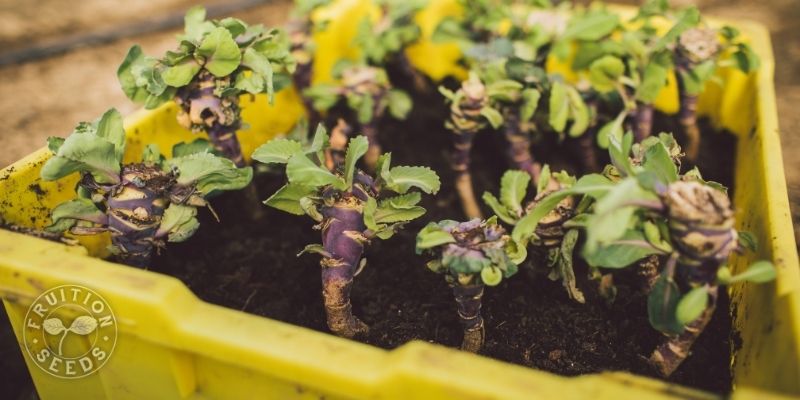
As we sowed the seeds of that first cross the following season, that first generation was a wondrous, delectable emergence of diverse colors, shapes and sizes. Though about 20% of the heads were green, the rest of the heads were an exquisite spectrum of leaves green and purple, light lime and emerald green, all with vivid veins of lilac-lavender and deep burgundy. In every generation since, we’ve resisted saving the seeds of the green heads as well as the round heads, continuing the co-evolution only with pigmented, conical cabbage to invite the kaleidoscope of color.
What to do with all this diversity?
Modernity tells us to tame it, to make it uniform, to make it fit into a SKU at the grocery store, and then name it.
Let’s not forget that systems of colonization and domination have been built upon and supported by practices of classification, status and rigid definition applied to plants and animals, including — and especially — humans.
Let’s not fall for these imperial charms, Friends.
If the foundation of resilience is diversity, and if we reap what we sow, then we know: It’s time we cultivate a culture of care and delectable technicolor, our plates reflecting the multiplicity that lives within, among and beyond us all.
With these principles at the core, we’re steering clear of certain hallmarks of ‘fixed trait’ agriculture, recognizing elements of othering and oppression that are hand-in-hand with incessant demand for ‘uniformity.’ Instead, we’re celebrating the pointy tips and the arching tops, the lavender and the burgundy, the lime and deep forest greens with a thousand shades between and beyond.
This isn’t to say we don’t make selections, because we do: Flavor and tenderness are essential, earliness we applaud, large heads on stout plants are handy and dense, well-wrapped heads make all the difference for sauerkraut as well as storability.
One of the antidotes of uniformity is to select not just one set of traits but many, in a range of concurrencies. In this way, we welcome vast genetic expression and honor the foundation of resilience that is diversity.
Collaborative Co-Creation
None of us are alone in our work and world. Here at Fruition Seeds, we love to share organic, regionally adapted seeds as well as the inspiration and community we need to collectively nourish ourselves and each other. And we love to work as well as play with Nathaniel Thompson of Remembrance Farm in Trumansburg, New York.
Here’s the thing: As seed growers, at Fruition Seeds, we don’t need the head of cabbage — we only need the roots and stalk to re-grow in spring. And market growers like Nathaniel only need the cabbage head.
It’s a pretty delicious collaboration: Nathaniel grows thousands of heads of cabbage at Remembrance Farm and Fruition Seeds places flags adjacent to all the plants who will parent the next generation. After Nathaniel harvests the heads to share with the Full Plate Farm Collective, Fruition digs all the flagged plants to overwinter in our cellar. Re-planted in spring, we’re harvesting seed by July, just in time to seed the fall crop of cabbage at Remembrance. Three cabbage generations later, we’re over the moon to finally share seed with you! And the CSA members of Full Plate, who dreamt up the name ‘Mermaid’s Tale,’ have tasted the becoming of this cabbage from the first generation.
And Friends, the simplicity and brilliance of this collaboration is nothing new.
Indeed, from ten thousand years to a century ago, to be a farmer was synonymous with being a seed grower, synonymous in turn with being a plant breeder. It’s only in this latest chapter of colonization that ‘specialization’ has succeeded in roguing collective interest from our food system.
Nonetheless, after millennia of communities co-adapting with cabbage (and a few generations of forgetting), returning to diversity, to decentralization, to deliciousness, is here. In our hands. In our fields. In our crocks. In our minds and hearts. Like seeds (and so many small things), this is an invitation to imagine cabbage — and ourselves — just a little bit differently.
Though we’ve all been uprooted from our ten-thousand-year legacy, co-adapting with the seeds as reciprocal kin, we are still deep in this nourishing relationship, with every bite.
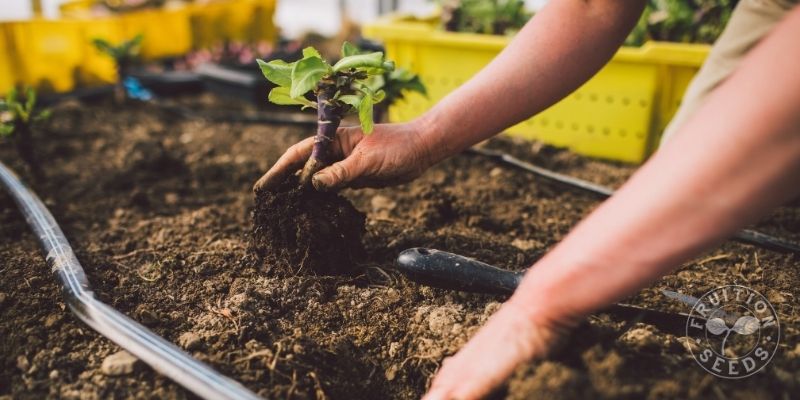
Welcome to What’s Next!
We’re co-creating this new cabbage together, Friends.
Yes, ‘we’ includes YOU!
Even if we never sow a single seed, everything we eat and each dollar we spend generates the statistics that leverage funds that nourish the next generation of seed growing, of plant breeding, of everything.
Let’s choose delicious, decentralized diversity!
For 6000 years our ancestors have co-adapted with the tender, delectable leaves and stems of Brassica oleracea on the shores of the Mediterranean. From this millennia-long co-creation, we now have broccoli and cauliflower, kale and brussels sprouts, collards and cabbage, each the imaginative brilliance of Indigenous resilience.
Delicious diversity, indeed.
Where will we go next?
We won’t know until we go.
Thanks for joining us, Friends.
Sow Seeds & Sing Songs,

& the whole Fruition crew
ps
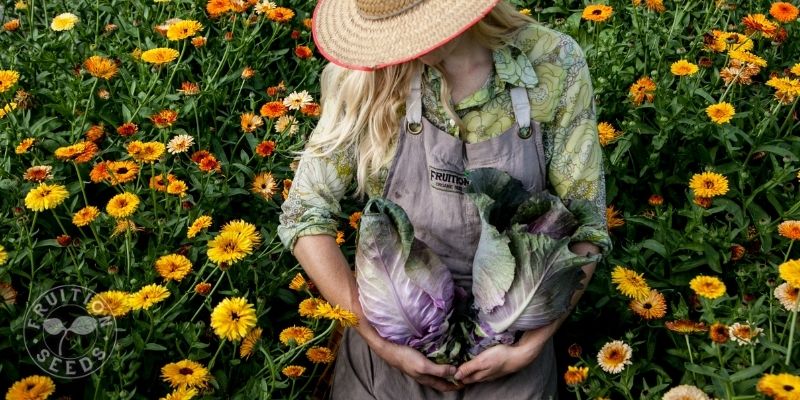
Join Us!
Here are a few ways to become alongside this cabbage, Friends:
First, follow along and share your seed stories on social media! @fruition_seeds
Second, share your curiosity and care, about cabbages and beyond, with anyone and everyone. It’s easy to underestimate the power of connection — sharing what you love with people you love — and the incredible impact your joy, curiosity, critique and care can make. Share your questions and share your inspirations, Friends! The world comes alive with your breath.
Third, if you’re a farmer and would love to engage your farm and community more deeply in the iterative process, we’re in, don’t be shy! Especially if you’re a grower here in the Finger Lakes, we’d love to explore what collaboration might look like, for Mermaid’s Tale and beyond. Regional resilience and relationship is the fact and dream of each seed.
Finally, if you’d love to save your own seeds of Mermaid’s Tale, following your own nose of where to go next, a) we love you and b) you’ll find written and video tutorials on our website to accompany you!
pps
After seeing a photo of Mermaid’s Tale on Instagram, Lyd created this watercolor and, out of the blue, sent it to us! Learn more about her process & her other extraordinary work here.

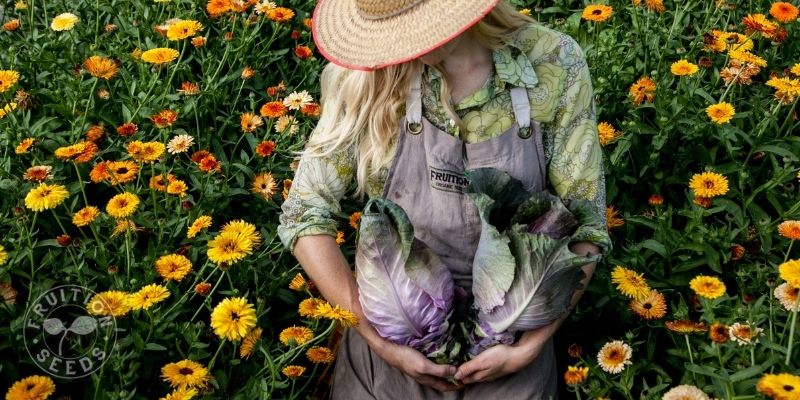
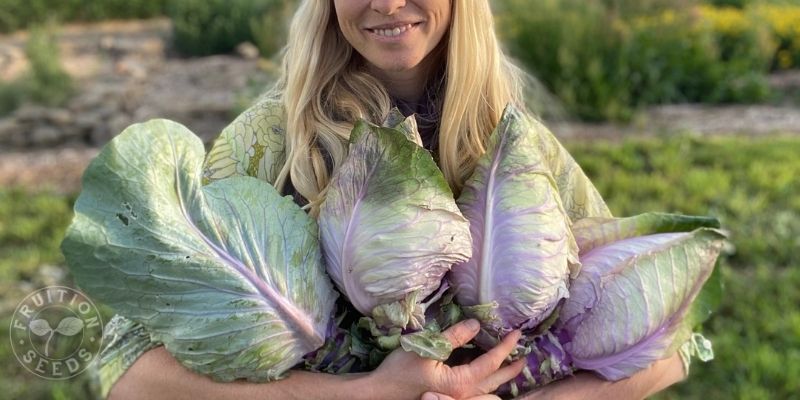
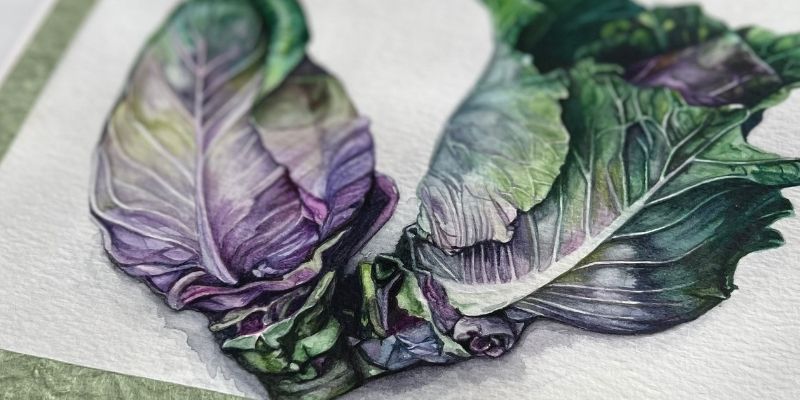
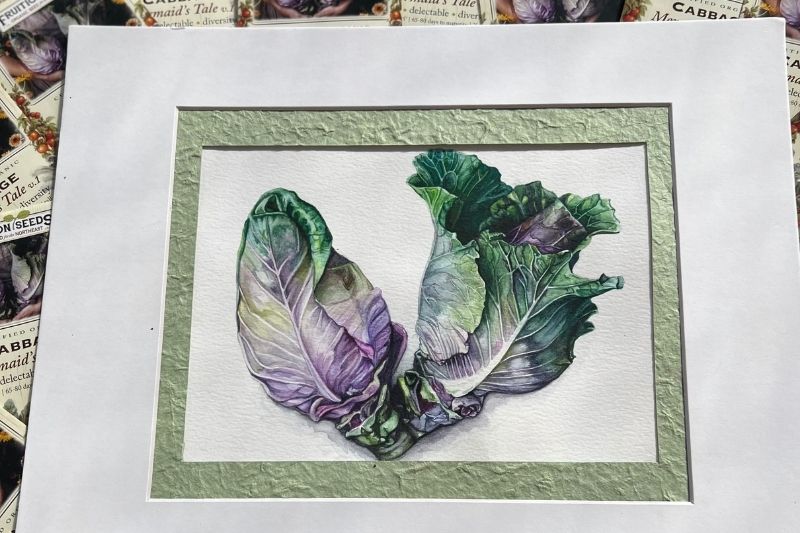
Love your take on seed saving as a method of either creating or destroying diversity. Oh, and what you said about sharing the passion — so true! Passion: it’s contagious. 🙂 Thank you for your (passion) beautiful writing and spiritual leadership and all the other good works you do. Oh yeah, for the seeds too!
This is extraordinary! I wholeheartedly support you and am ordering seed right now! Thank you for your good work! I am so excited to grow these in my garden!
Thanks, Ginger! Sending love, don’t be shy & hope to see you here on the farm one day! mmmmmmWAH!
Just watching quick vid of you planting Mermaid’s Tail in June 2023, in deep straw, getting in before the coming rain. Now reading story of this magic creature and I must have her seeds! Will order now, but please do tell when you plant seeds to transplant into June garden. Learning seed timing new to me here in zone 6 RI, after gardened for a lifetime in Southern California. Thank you!!!